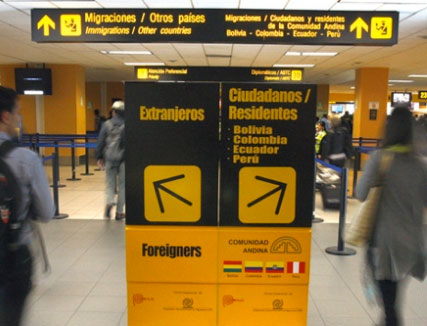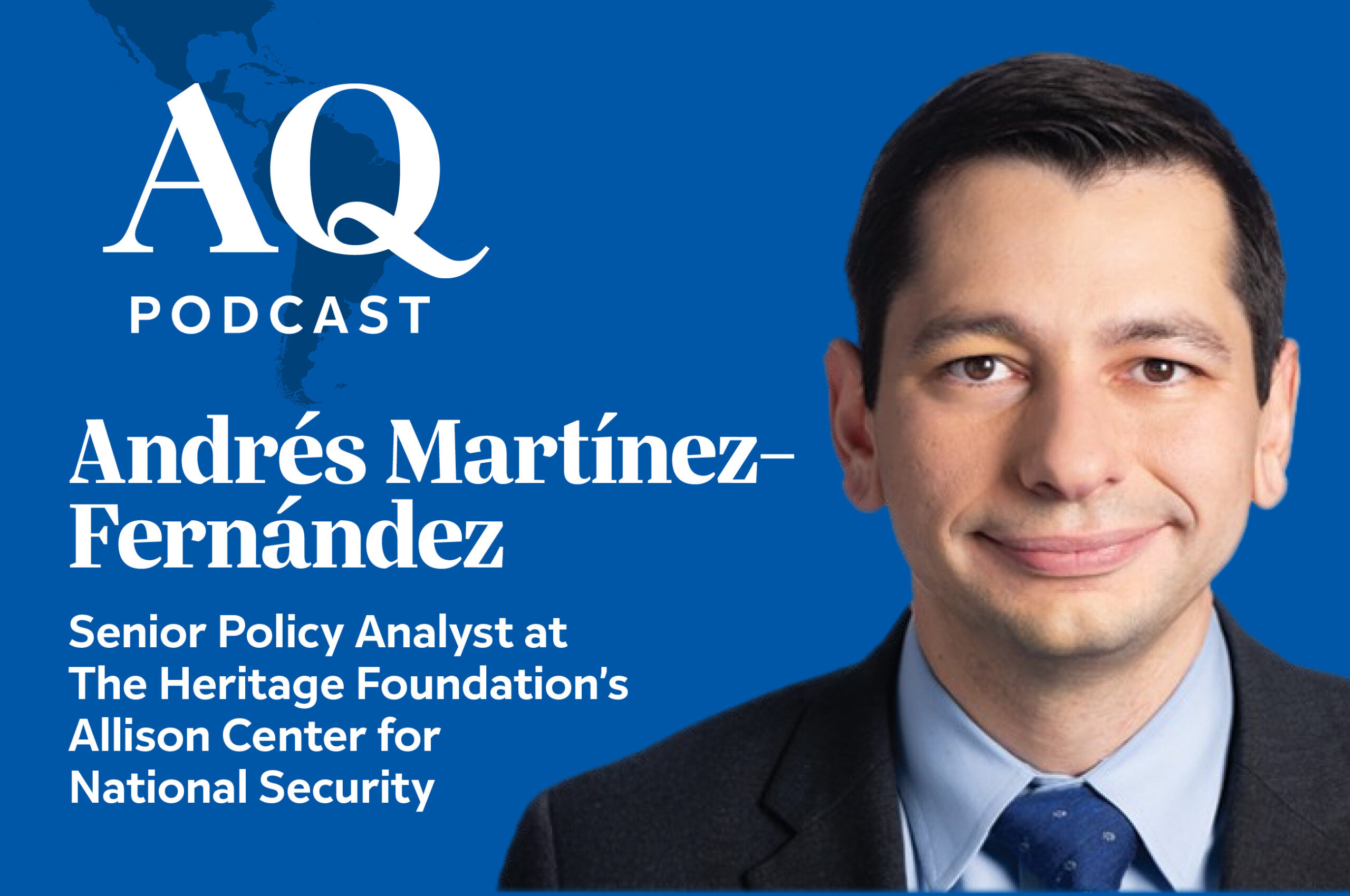Weekly Chart: Latin Americans and H-1B Visas
Weekly Chart: Latin Americans and H-1B Visas
U.S. visas for foreign professionals are on the rise worldwide, but not when it comes to the Americas.
It’s H-1B visa application season and, if the last four years are any indicator, that means the 85,000-visa quota allotted by the United States to these foreign professional temporary workers will be reached within about five days.
What’s different this year is the government’s surprise announcement that it’s taking extra steps to detect abuses of the worker visa program, in effect since 1990. U.S. Citizenship and Immigration Services announced the measures April 3—two days after it started receiving submissions.
It may be too late for the measures to affect current applications since they must be submitted in paper by mail. But the move to implement new measures irked tech companies, whose foreign employees often qualify for the “specialty occupations” and higher degree requirements of the program. Now the Trump administration says it wants to make sure equally qualified Americans get a fair shot at the same jobs. Some of the issue comes down to wages: There’s no lack of engineers, but companies tend to pay foreigners lower salaries than they do homegrown talent.
So who will Americans be competing with? Indian, Chinese, and Mexican professionals—but mostly the first two. Though the annual H-1B quota is 85,000, more visas are also renewed or extended. Taken together, the United States now issues 53 percent more of these visas than it did in 2010, driven by the surge in professionals from Asia. For Latin Americans, on the other hand, these visas are down 29 percent from 2010 to 2016. Mexico continues to be the third country in the world to receive the most H-1B visas, but the 2,540 professionals Mexico sent to its northern neighbor in 2016 is small compared to India’s 126,692, and China’s 21,657.
AS/COA Online rounds up the numbers when it comes to the region’s participation in the U.S. H-1B visa program.









